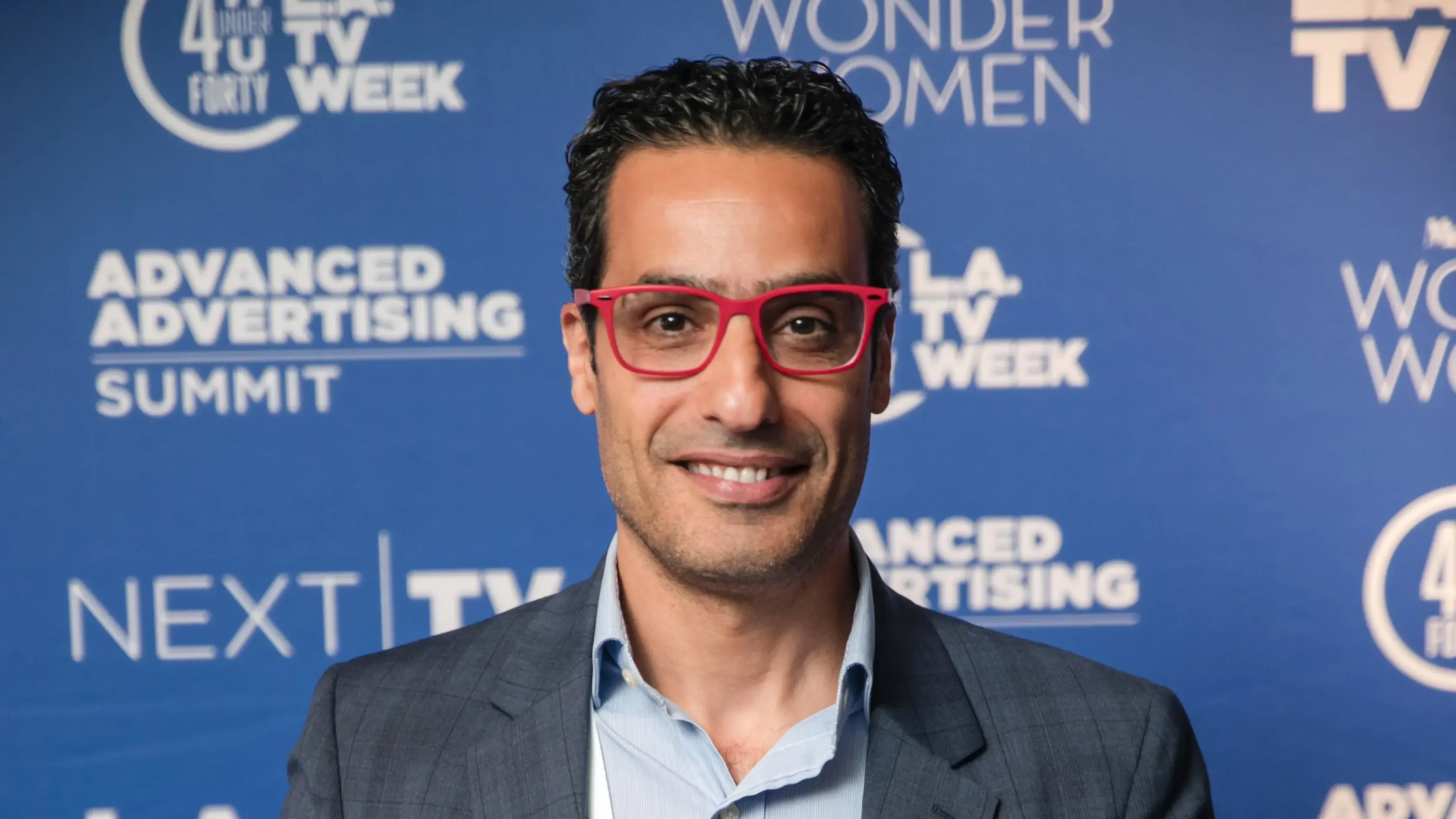FEBRUARY 05, 2024
Brains Behind Big Data: Charbel Makhoul

Introducing Charbel Makhoul, General Manager, VP of Product Management, Data Science and Analytics
Charbel is a TV industry pioneer with 20 years of experience in many vital roles. He has two master's degrees, one in business and one in engineering, and has dedicated the past 9+ years to the success and innovations of Inscape.
Q: What accomplishment during your longstanding leadership at Inscape do you value most?
A:Today, Inscape is recognized as an industry leader, providing best in class Smart TV viewing data. However, it is one thing to become a leader and another to sustain leadership. What I am extremely proud of is the Inscape team. We have built a skilled, highly capable and committed team with an environment that bolsters both our creativity and our ability to innovate, hence maintaining our leadership over the years.
Q: What do you see as the biggest hurdle in the industry right now
A: With the continuous shift in viewing behavior from linear to streaming, we see an increase in fragmentation across viewing sources. According to Inscape data, 5.4 is the average number of streaming services used per device. For advertisers, understanding where their audiences are and how to reach them efficiently is paramount. So, one of the main challenges for the industry is how to capture these fragmented audiences across platforms, services and sources and measure the real impact of their investments holistically.
Q: How does Inscape help solve that hurdle?
A: Inscape’s smart TV data helps to resolve the fragmentation challenge by delivering TV viewing data from the glass of millions of opted-in devices, which includes visibility into aforementioned platforms, services and sources. In fact, we have been expanding our Ad detection capabilities into streaming for the last couple of years. We have introduced our Commercial feed+, that increased our creative detection in the streaming environment by 25%, and we continue to innovate around this area. These capabilities have played a pivotal role for VIZIO’s Ads business and our external partners to propose added value services and more efficient campaigns for advertisers on VIZIO TVs. We’re increasing their incremental reach for audiences that were previously unreachable, were underexposed, or even overexposed on linear. But can we do better? The answer is "YES" with a little help from the industry.
Q: What do you feel is the biggest misconception about Inscape? And what do you think the market is missing out on by not working with Inscape?
A: The biggest misconception is that Inscape only provides ACR data, and that this technology is not good enough for streaming data. The reality is that ACR technology, whether passive or active, has no barrier. Inscape has developed, innovated, and implemented ACR technology that captures viewing activity from both linear and streaming successfully. The main barrier for now is an industry-wide adoption of ACR technology, as privacy, technology, and implementation concerns are causing the industry to slowly integrate. By collaborating with Inscape to integrate our ACR technology across all publishers' inventory, we can help bridge the gaps between streaming and linear. Inscape is willing to work with partners to ensure they are comfortable with the data collection and sharing processes, to build a more comprehensive and holistic view of audience behavior. The outcome would benefit the entire TV marketplace by delivering a single data set across viewing sources with less identity losses.
Q: What do you think the biggest benefit is for those who subscribe to our latest release: Tuner Data?
A: At Inscape, we are dedicated to democratizing big data for TV viewing. And that means making Inscape smart TV data available for the entire market to leverage deterministic signals for what is displaying on the glass. Adding tuner data from over 5000 local channels enables two great feats. First, even in the smallest TV markets, advertisers now have more data based on audience behavior for campaign planning and optimization, allowing ad dollars to reach local audiences more efficiently. Second, it enables networks to leverage more local audience data to optimize content and develop better audience reach strategies across local and national to drive the value of their inventory. Remember, 2024 is an election year!